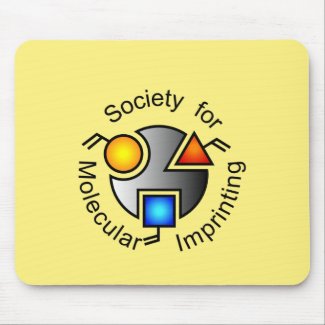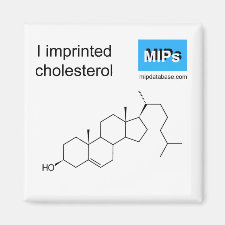
Authors: Alexander S, Baraneedharan P, Balasubrahmanyan S, Ramaprabhu S
Article Title: Modified graphene based molecular imprinted polymer for electrochemical non-enzymatic cholesterol biosensor.
Publication date: 2017
Journal: European Polymer Journal
Volume: 86
Page numbers: 106-116.
DOI: 10.1016/j.eurpolymj.2016.11.024
Alternative URL: http://www.sciencedirect.com/science/article/pii/S0014305716309582
Abstract: This work reports the development of cost effective sensor material prepared from modified graphene oxide based molecular imprinted polymer (GO-MIP). Firstly graphene oxide (GO) prepared from modified Hummers method undergoes acid functionalization to form GOCOOH. It further undergoes surface modification with glycidyl methacrylate (GMA) in presence of N,N'-dicyclohexylcarbodiimide (DCC), dimethylaminopyridine (DMAP) and dimethyl sulfoxide (DMSO) to form GOCHCH2. The obtained GOCHCH2 undergoes molecular imprinting process with methacrylic acid (MAA) as the monomer and ethylene glycol dimethacrylate (EGDMA) as the cross-linker, α,α'-azobisisobutyronitrile (AIBN) as the initiator and cholesterol as the template molecule. The different preparatory stages of materials were characterized by FTIR, XRD, Raman and TEM techniques to understand the formation. The obtained GO-MIP used as an active material for cholesterol sensing where the sensor demonstrate a lower limit detection of 0.1 nM and response time of ~2 min with maximum sensing performance at pH 5.0. The repeatability of the sensor is checked up to eight cycles and interference of cholesterol with ascorbic acid (AA), uric acid (UA) and glucose were also studied. The material shows a negligible (AA, UA), modest (Glucose) interference and better performance in human blood samples suggesting the real-time usability of the sensor
Template and target information: cholesterol
Author keywords: Graphene, molecular imprinted polymer, polymerization, cholesterol



Join the Society for Molecular Imprinting

New items RSS feed
Sign-up for e-mail updates:
Choose between receiving an occasional newsletter or more frequent e-mail alerts.
Click here to go to the sign-up page.
Is your name elemental or peptidic? Enter your name and find out by clicking either of the buttons below!
Other products you may like:
 MIPdatabase
MIPdatabase









